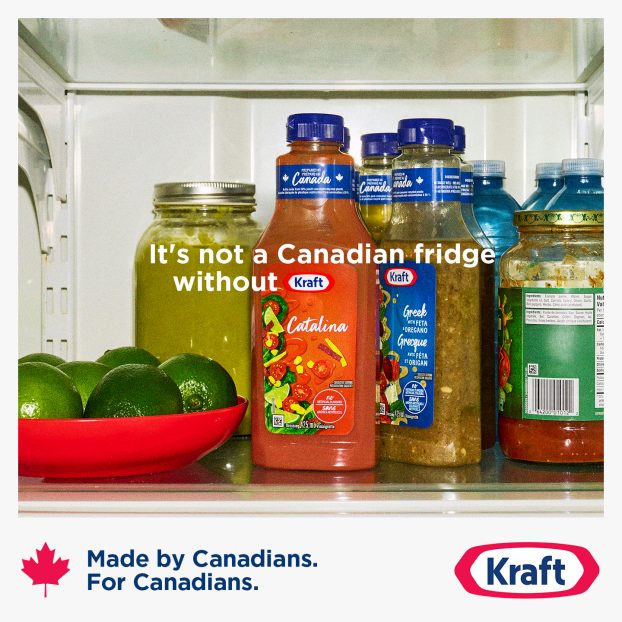With millions of Canadians trying to butt out, Marion Merrell Dow is hoping to cash in on the expanding market for nicotine replacement products.
On April 8, the Laval, Que-based pharmaceutical manufacturer relaunched its nicotine-laced chewing gum, Nicorette, as a behind-the-counter product, available without a prescription.
Since its introduction in 1979, Nicorette has been available only as a prescription drug.
Marion Merrell Dow is backing the consumer launch with a tv and print campaign, created by Toronto’s SMW Advertising.
Print ads are scheduled to appear in major newspapers over the next four weeks.
Two 30-second tv spots will run throughout 1993.
A direct marketing and telemarketing campaign is also in place to support the introduction of the non-prescription product.
A growing social trend to kick the habit has spawned a $100-million industry in Canada for nicotine replacement products.
Nicotine replacement products work by gradually weaning smokers off nicotine, supplying enough of the substance to the body to satisfy cravings, without reinforcing smoking.
While Canadian sales for Nicorette have slipped with the introduction last June of nicotine patch products, the decline was less than expected, according to Trevor Juniper, Marion Merrell Dow’s brand manager on Nicorette
Juniper estimates 1992 sales for Nicorette at about $15 million.
Under Canada’s health protection laws, prescription drugs can only be marketed to health professionals.
With the change of Nicorette from a prescription drug to a non-prescription drug, Marion Merrell Dow can now market the product directly to the consumer.
Juniper says there is a strong demand for non-prescription Nicorette because at least 50% of all smokers who want to quit will not visit their doctor for help.
Nicorette’s status has also benefitted from the success of nicotine patch therapy, which has put the spotlight on nicotine replacement products as smoking cessation aids.
Marion Merrell Dow is the Canadian licensee for Nicorette, a patent drug developed by KABI Pharmacia of Sweden.
Nicorette is the only product worldwide that combines nicotine with chewing gum to create a therapeutic smoking cessation aid.
There are two nicotine patches available in Canada.
Marion Merrell Dow makes Nicoderm, while CIBA-Giegy makes Habitrol. So far, the two companies have sewn up the nicotine patch market, with Merrell Dow leading by a small margin.
Juniper says while nicotine patch sales have dropped off dramatically in the u.s. since being introduced in 1991, Canadian sales have remained steady.
‘I would think Canada would be a nicotine replacement marketer’s dream,’ says David Sweanor, senior legal counsel for the Canadian Non-Smokers’ Rights Association.
Sweanor says high rates of taxation on cigarettes, restrictive legislation regarding smoking areas, bans on advertising, and health warnings on cigarette packages have all but made Canada a world leader in the use of government policy and legislation to curb smoking.
And with statistics that show 96% of Canadian smokers want to quit, and 40% of them will make at least one attempt to do so in a given year, Juniper says the market for nicotine replacement products will continue its rapid expansion.
He predicts annual sales will grow to between $200 million and $250 million, with Nicorette making up $20 million to $25 million of that figure.
Non-prescription Nicorette in a 2-milligram strength is now available in all provinces except Ontario and b.c.
Juniper says the media launch in those provinces is slated to begin in two to four weeks.
A 4-mg. strength Nicorette is still available only by prescription.
The tv spots, ‘Mind & Body’ and ‘Procrastination,’ try to explain how Nicorette works, while sympathizing with the difficult task smokers are undertaking in their efforts to kick the habit.
The media campaign for non-prescription Nicorette will be supported by point-of-sale advertising, distribution of videos by pharmacists, and a 1-800 information line for consumers.























